Introduction to Glass Bridges in China
China has emerged as the world leader in glass bridge construction, with these transparent walkways becoming iconic symbols of the country’s blend of natural beauty and technological prowess. The trend began in the early 2010s and has since exploded, with dozens of glass bridges spanning canyons, valleys, and mountaintops across the nation.
These architectural marvels have captured the imagination of both domestic and international tourists, offering thrilling experiences and breathtaking views. The popularity of glass bridges in China stems from a combination of factors: the country’s diverse and dramatic landscapes, a desire to boost tourism in rural areas, and a national appetite for innovative and daring attractions.
As China continues to push the boundaries of engineering and design, these transparent walkways have become more than just tourist attractions – they’re a testament to the country’s ambition and capability in modern infrastructure development.
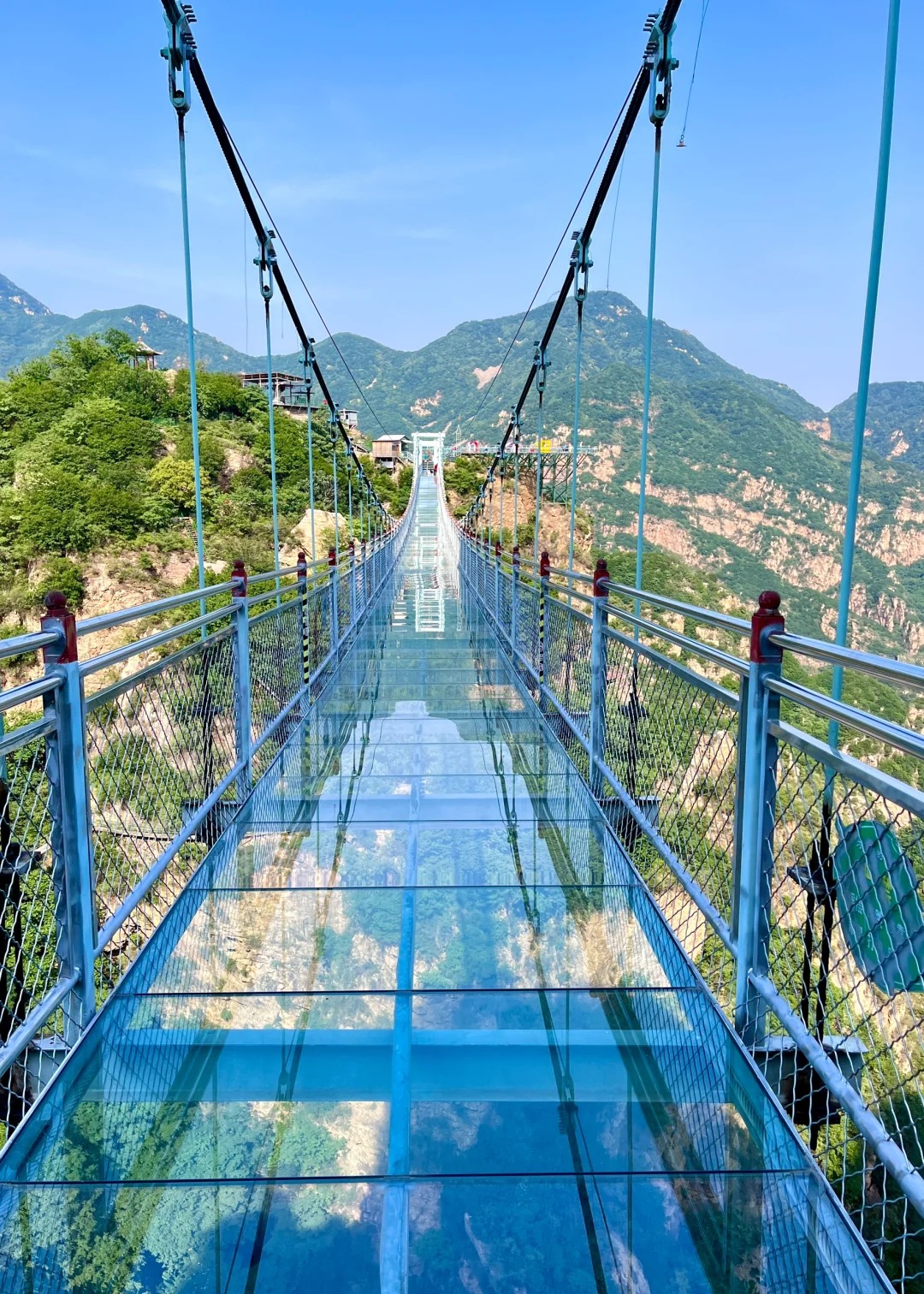
Notable Glass Bridges in China
China boasts an impressive array of glass bridges, each offering unique experiences:
| Bridge Name | Location | Key Feature |
|---|---|---|
| Zhangjiajie Glass Bridge | Hunan Province | World’s longest and highest glass bridge |
| Hongyagu Glass Bridge | Hebei Province | World’s longest double-deck glass bridge |
| Huaxi World Adventure Glass Bridge | Jiangsu Province | Highest pedestrian glass bridge |
| Yuanduan Glass Bridge | Chongqing | Figure-eight shaped design |
| East Taihang Glasswalk | Hebei Province | Features a special effects cracking glass illusion |
The Zhangjiajie Glass Bridge, spanning 430 meters at a height of 300 meters, has become the most famous, attracting visitors from around the globe since its opening in 2016.
Engineering and Design Features
Chinese glass bridges are marvels of modern engineering:
- Materials: Multi-layered tempered glass panels, typically 2-3 inches thick
- Support structures: High-strength steel cables and frames
- Safety features: Shock absorbers, wind resistance design, and anti-slip coatings
- Special effects: Some bridges incorporate LED lighting, sound effects, or even “cracking glass” illusions
Constructing these bridges in diverse terrains presents unique challenges, from navigating steep cliffs to ensuring minimal environmental impact. Engineers must account for factors such as wind patterns, temperature fluctuations, and potential seismic activity.
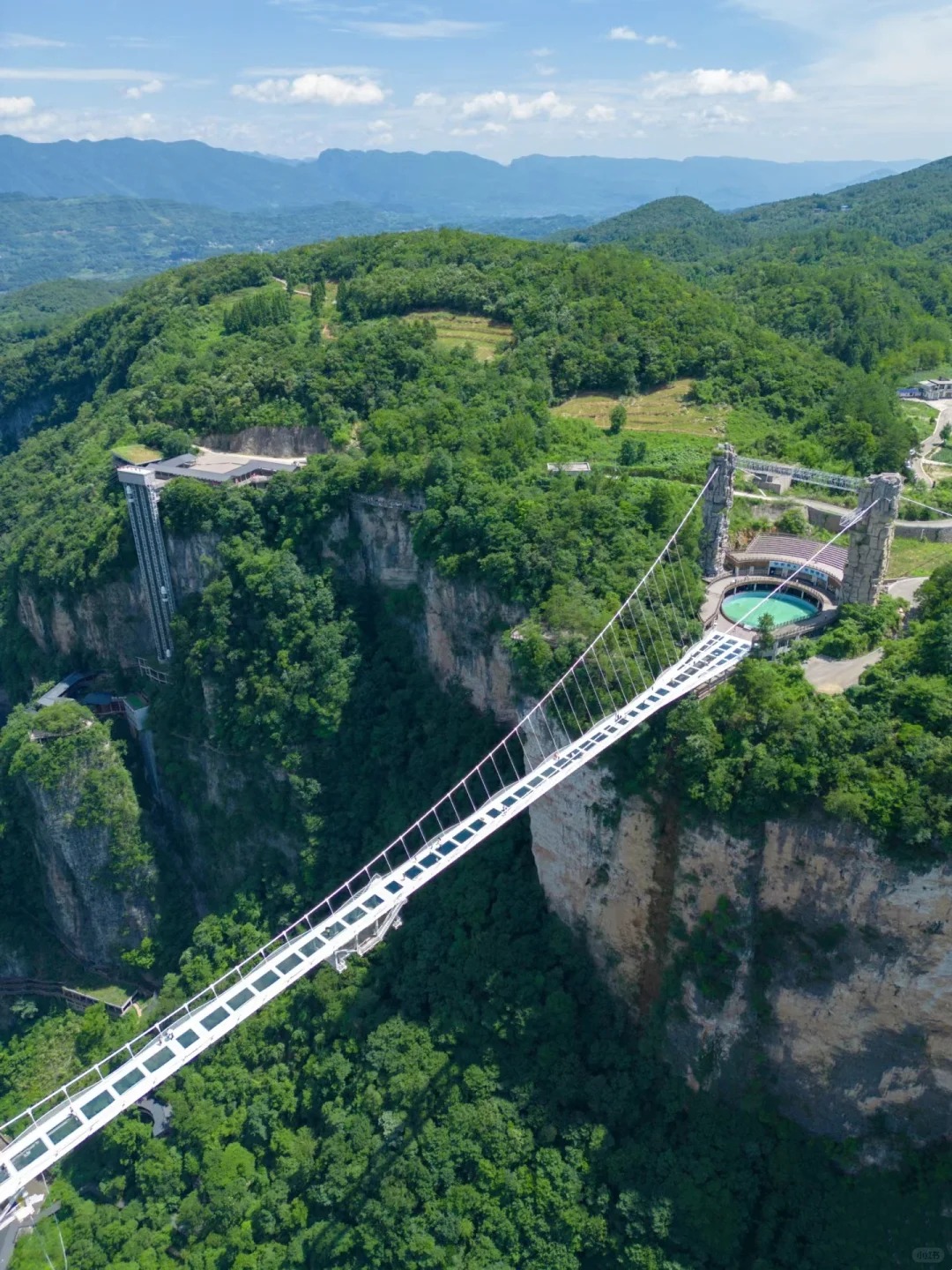
Tourist Experience and Attractions
Walking on a glass bridge is a multi-sensory experience that challenges one’s perception and courage. Visitors often describe a mix of exhilaration and fear as they step onto the transparent surface, with unobstructed views of the chasm below.
Many bridges offer additional attractions to enhance the experience:
- Bungee jumping platforms
- Swing rides extending over the edge
- Zip lines traversing the canyon
- Virtual reality installations
These bridges are often integrated into the local landscape, offering unique perspectives on China’s natural wonders and serving as a bridge between traditional culture and modern adventure tourism.
Safety Considerations and Regulations
Following a series of incidents and growing concerns, the Chinese government has implemented strict regulations for glass bridge construction and operation:
- Mandatory safety assessments and regular inspections
- Limits on visitor numbers and bridge capacity
- Requirements for safety briefings and protective gear for visitors
Despite these measures, public perception of safety remains a concern, particularly after widely publicized incidents of glass panels cracking (though no major accidents have occurred).
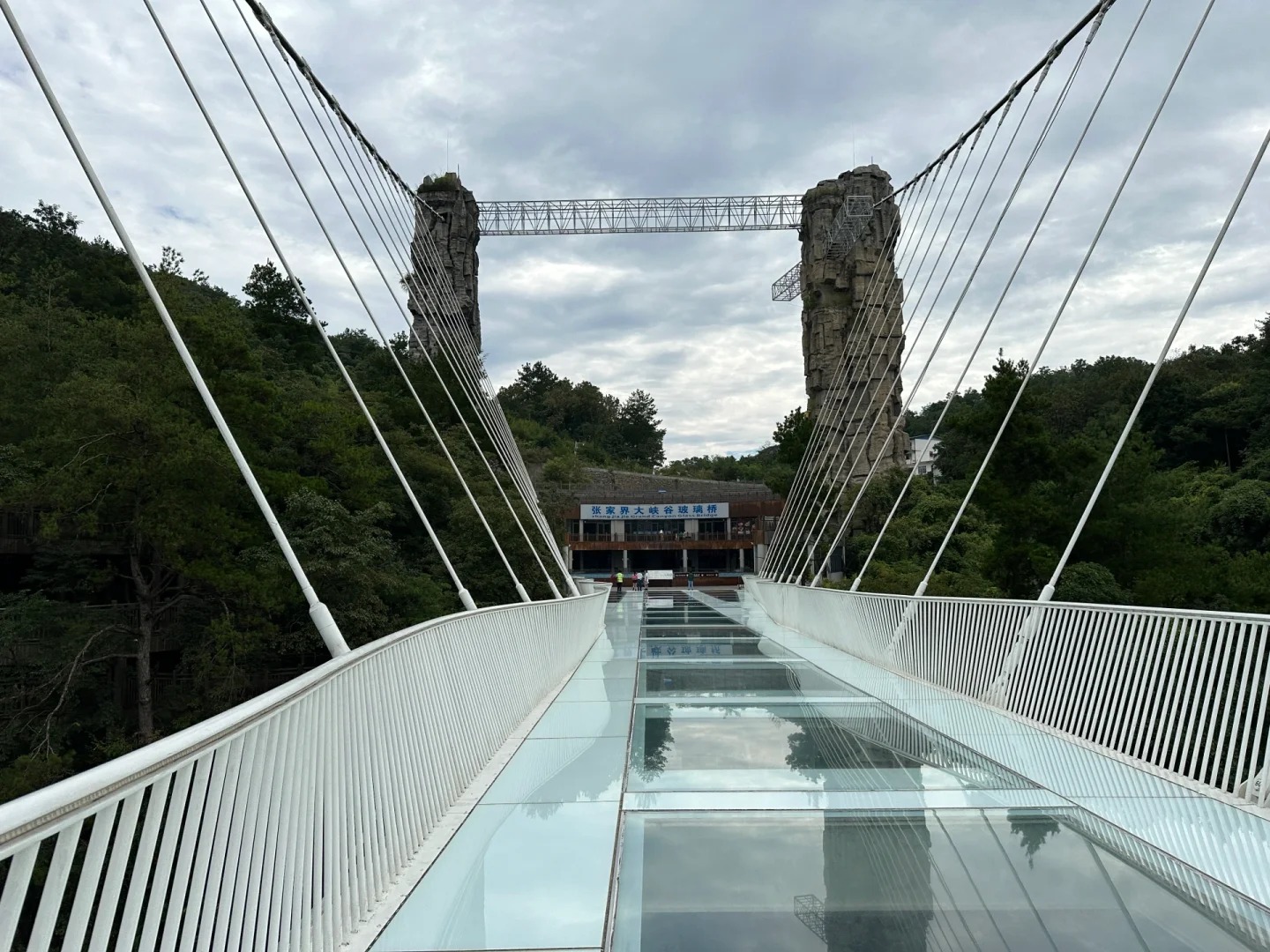
Impact on Chinese Tourism and Economy
Glass bridges have had a significant impact on China’s tourism industry:
- Revitalization of rural economies
- Creation of jobs in construction, maintenance, and service sectors
- Increased international tourism to previously lesser-known regions
However, the rapid development of these attractions has also brought challenges:
- Strain on local infrastructure
- Concerns about overcrowding and environmental impact
- Need for sustainable tourism practices
Balancing economic benefits with conservation efforts remains an ongoing challenge for local authorities and developers.
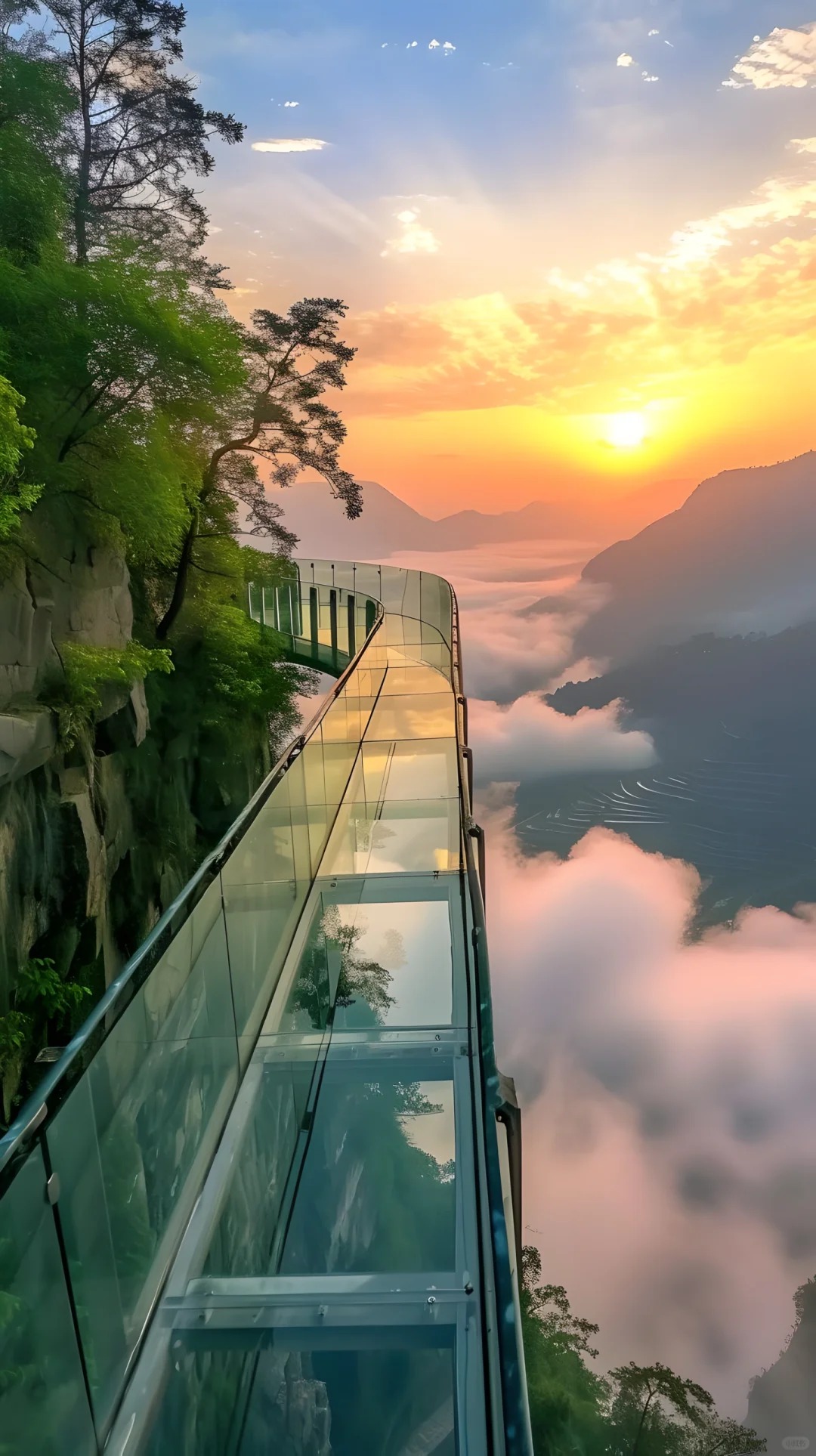
Future of Glass Bridges in China
The future of glass bridges in China looks promising, with several trends emerging:
- Integration of advanced technologies (e.g., augmented reality, smart materials)
- Exploration of urban applications, such as skywalks between skyscrapers
- Focus on sustainable design and eco-friendly construction methods
As China continues to innovate in this field, we can expect to see even more daring and spectacular glass bridge designs in the coming years. However, future development will likely need to balance the desire for record-breaking attractions with growing emphasis on sustainable tourism and environmental protection.
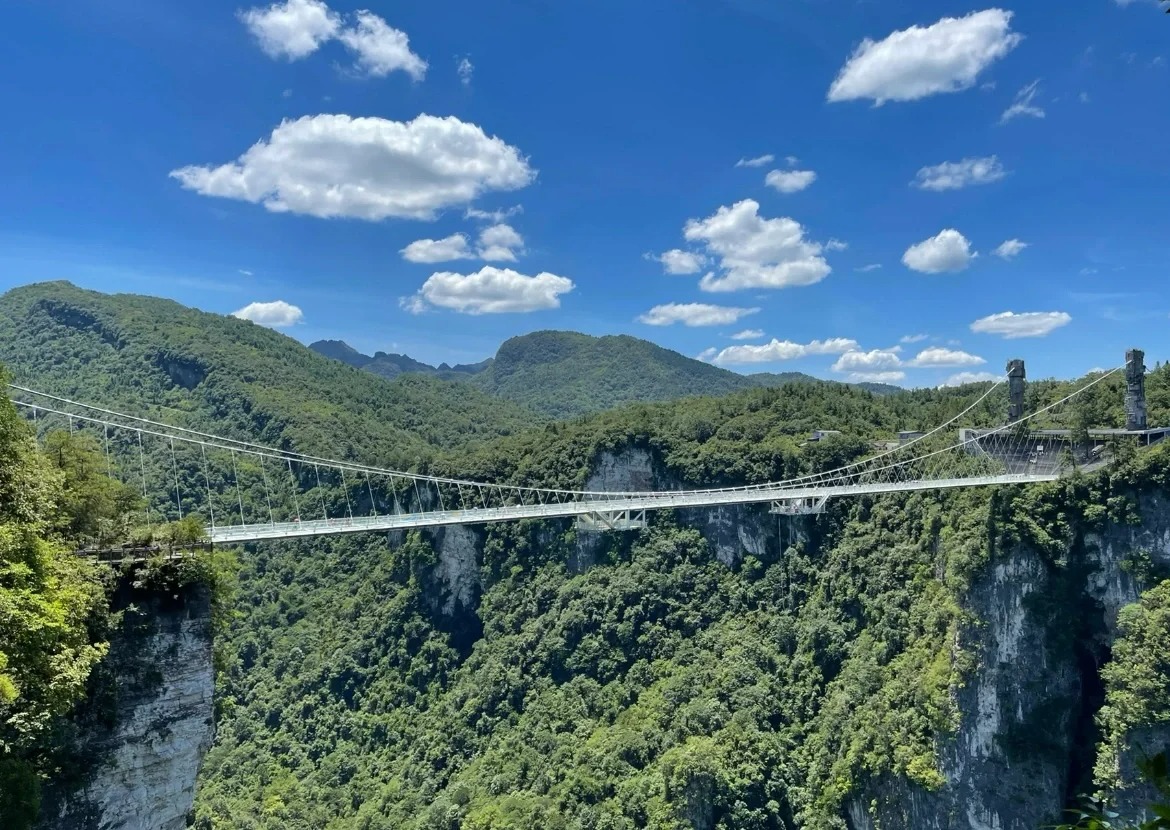
Glass bridges in China represent more than just tourist attractions; they symbolize the country’s ability to merge natural beauty with cutting-edge engineering. As these structures continue to evolve, they not only offer visitors unique experiences but also serve as a showcase of China’s technological capabilities and ambitious vision for the future of tourism infrastructure.
The ongoing development of glass bridges reflects China’s commitment to pushing boundaries in architecture and tourism. However, it also highlights the need for responsible development that respects local ecosystems and cultures. As we look to the future, the success of these projects will likely depend on their ability to provide safe, sustainable, and awe-inspiring experiences that enhance rather than detract from China’s natural and cultural heritage.





